 Download Tutorial Lengkap (PDF 213KB)
Download Tutorial Lengkap (PDF 213KB)
HIGH LIFT DEVICE
Today, the aircraft technology has been rapidly developed. The Aircraft become larger and large and carries much more payload then the old ones. As previously described, Lift force of the wing can be enhanced by adding angle of attach of the wing it self. But adding angle of attack is also limited as if it more then 25 degree, the aircraft will has no more lift force.
The super carrier aircraft such as Boeing 747 or Airbus requires a breakthrough technology as the it requires much more lift force with limited additional wing area especially when aircraft take off and landing. This can be implemented using called “High Lift Device”.
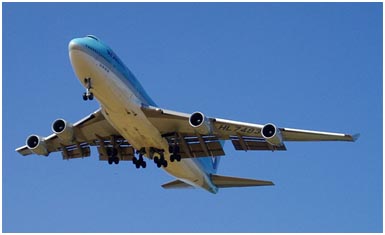
1.1 Aircraft Stall
A stall is a condition in aerodynamics and aviation wherein the angle of attack increases beyond a certain point such that the lift begins to decrease. The angle at which this occurs is called the critical angle of attack. This critical angle is dependent upon the profile of the wing, its planform, its aspect ratio, and other factors, but is typically in the range of 8 to 20 degrees relative to the incoming wind for most subsonic airfoils. The critical angle of attack is the angle of attack on the lift coefficient versus angle-of-attack curve at which the maximum lift coefficient occurs.
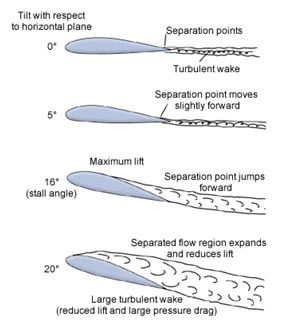
Flow separation begins to occur at small angles of attack while attached flow over the wing is still dominant. As angle of attack increases, the separated regions on the top of the wing increase in size and hinder the wings ability to create lift.
At the critical angle of attack, separated flow is so dominant that further increases in angle of attack produce less lift and vastly more drag.
1.2 Aircraft High Lift Device
High-lift devices are moving surfaces or stationary components in aircrafts intended to increase lift during certain flight conditions. They include common devices such as flaps and slats, as well as less common features such as leading edge extensions and blown flaps.
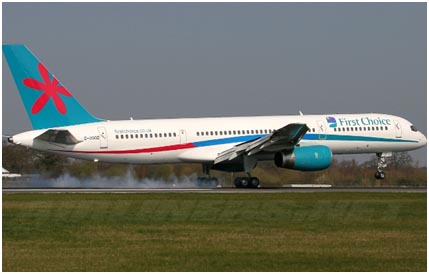
1.3 Wing Flap
The most common high-lift device is the flap, a movable portion of the wing that can be lowered into the airflow to produce extra lift. Their purpose is to re-shape the wing section into one that has more camber. Flaps are usually located on the trailing edge of a wing, while leading edge flaps are occasionally used as well.
Some flap designs also increase the wing chord when deployed, increasing the wing area to help produce more lift; such complex flap arrangements are found on many modern aircraft.
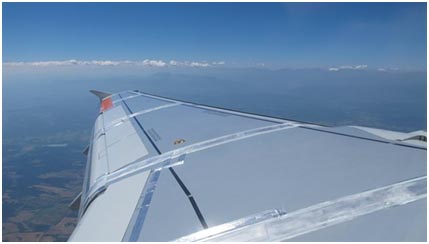
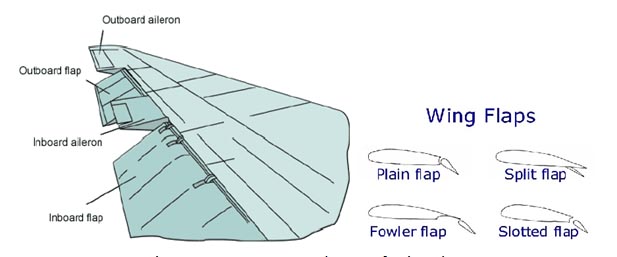
1.4 Flap for Take Off and Landing
In order to create high lift force on the aircraft wing, Flap is commonly used. Without Flap, the supercarier will not be possible to take off and landing with short runway.
To take off and landing, most Pilot move Flap to the take off position and landing position when aircraft need to land. Most of aircraft electronic control for landing gear is integrated with flap also. This is to remind Pilot to move Flap to required position when landing and or take off.
When Landing, sometime, Pilot need to use Flap deflected to full also to create maximum Drag to have lower aircraft speed or to brake the aircraft.
- Take off Position : Flap deflected 5 – 10 Degree for High Lift, Low Drag
- Landing Position : Flap deflected 40 – 90 Degree for High Lift, High Drag
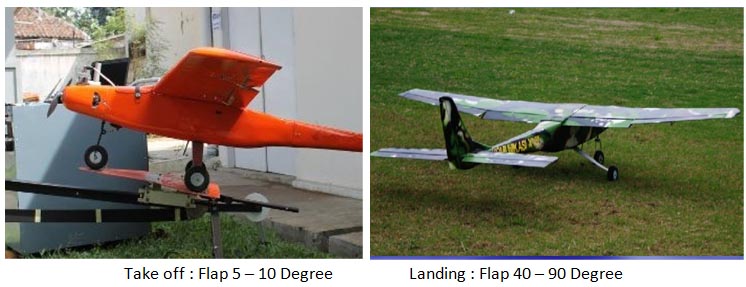
Selamat Terbang...